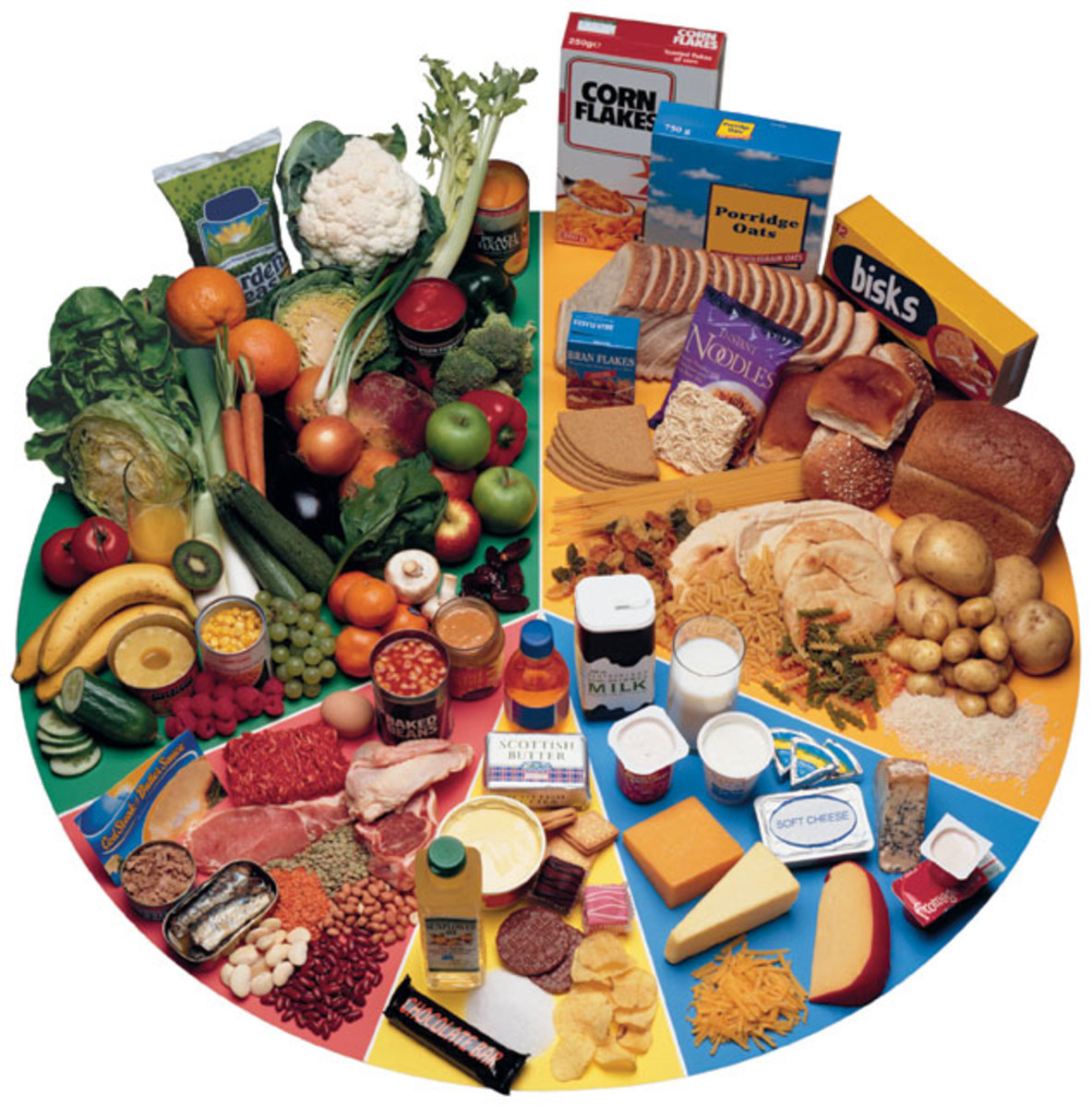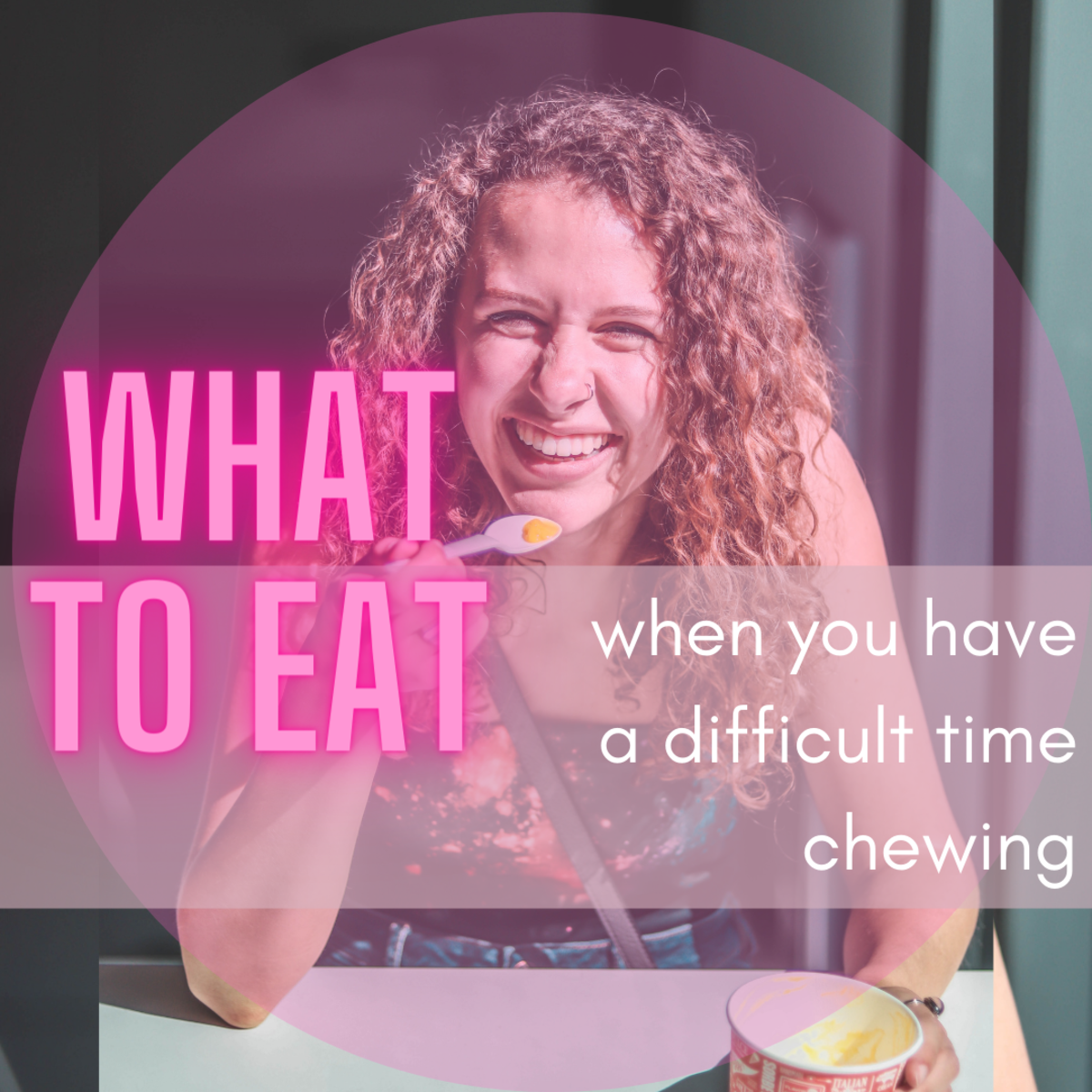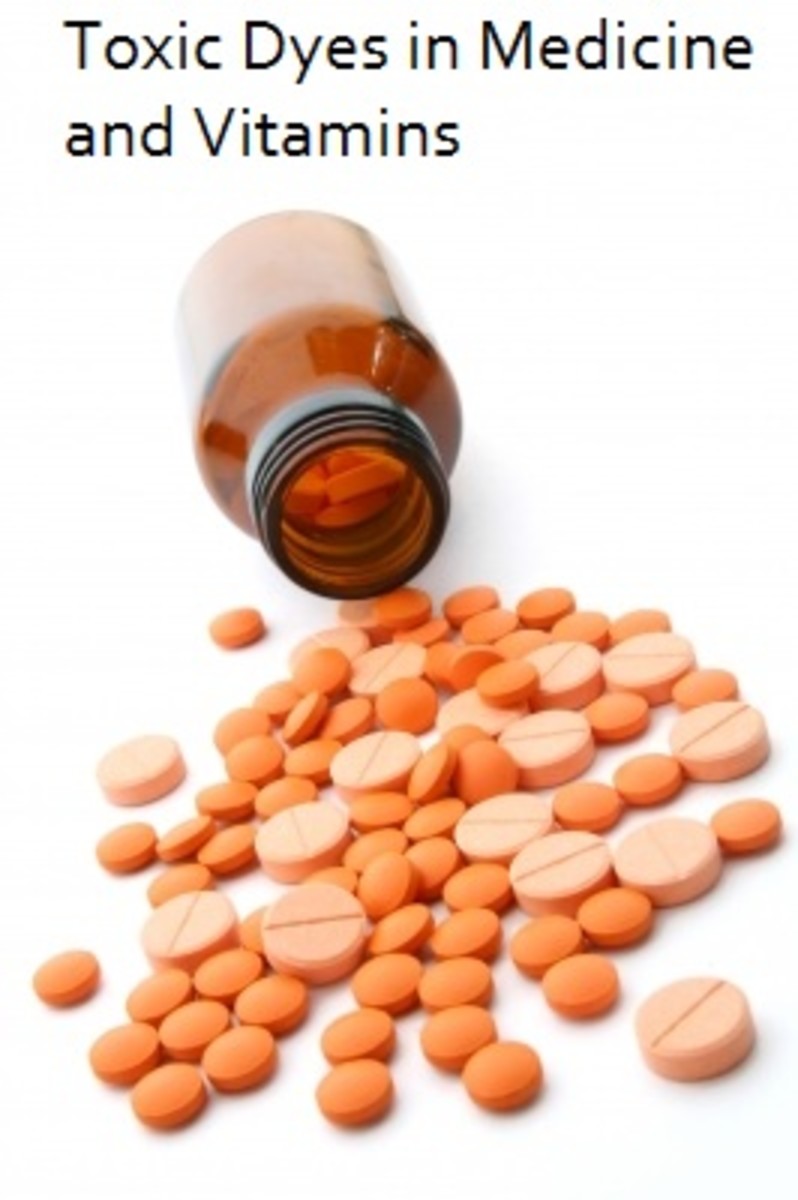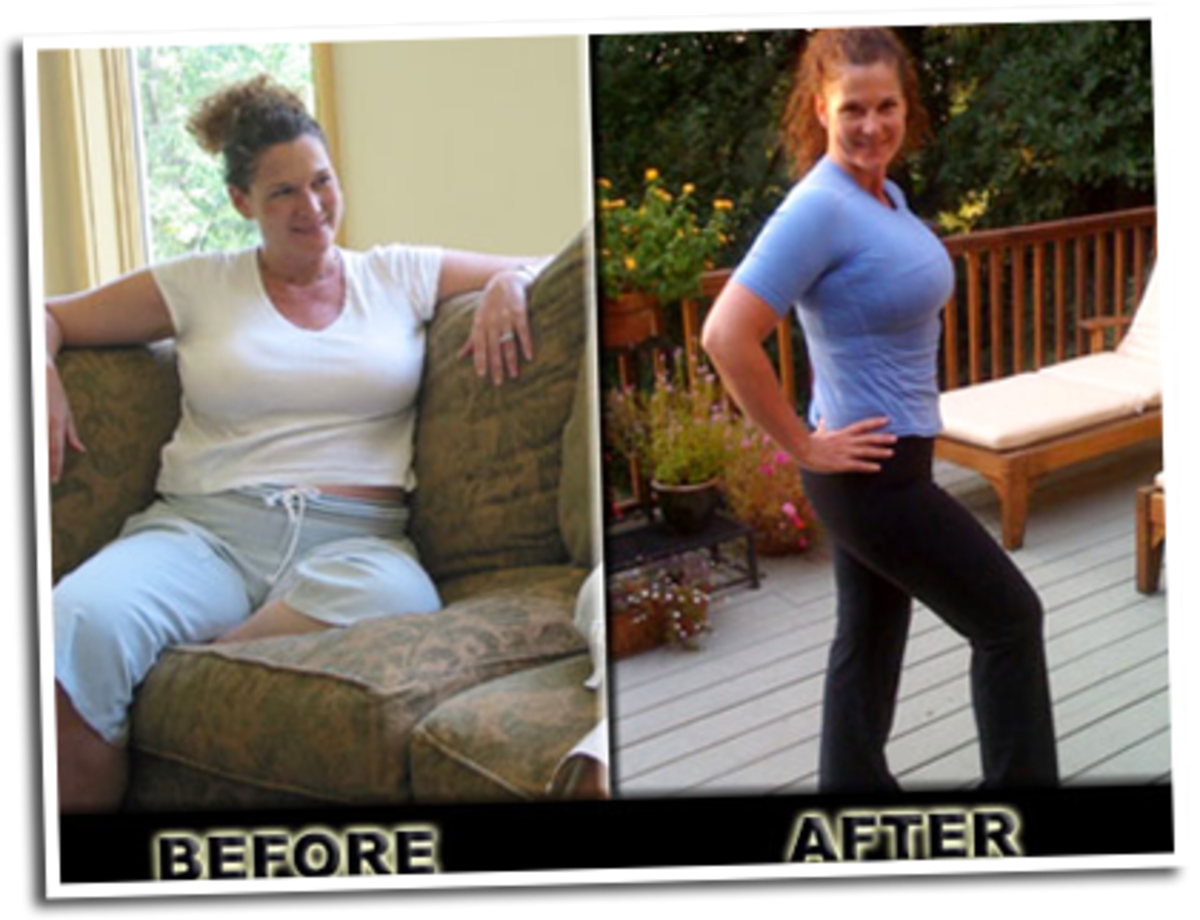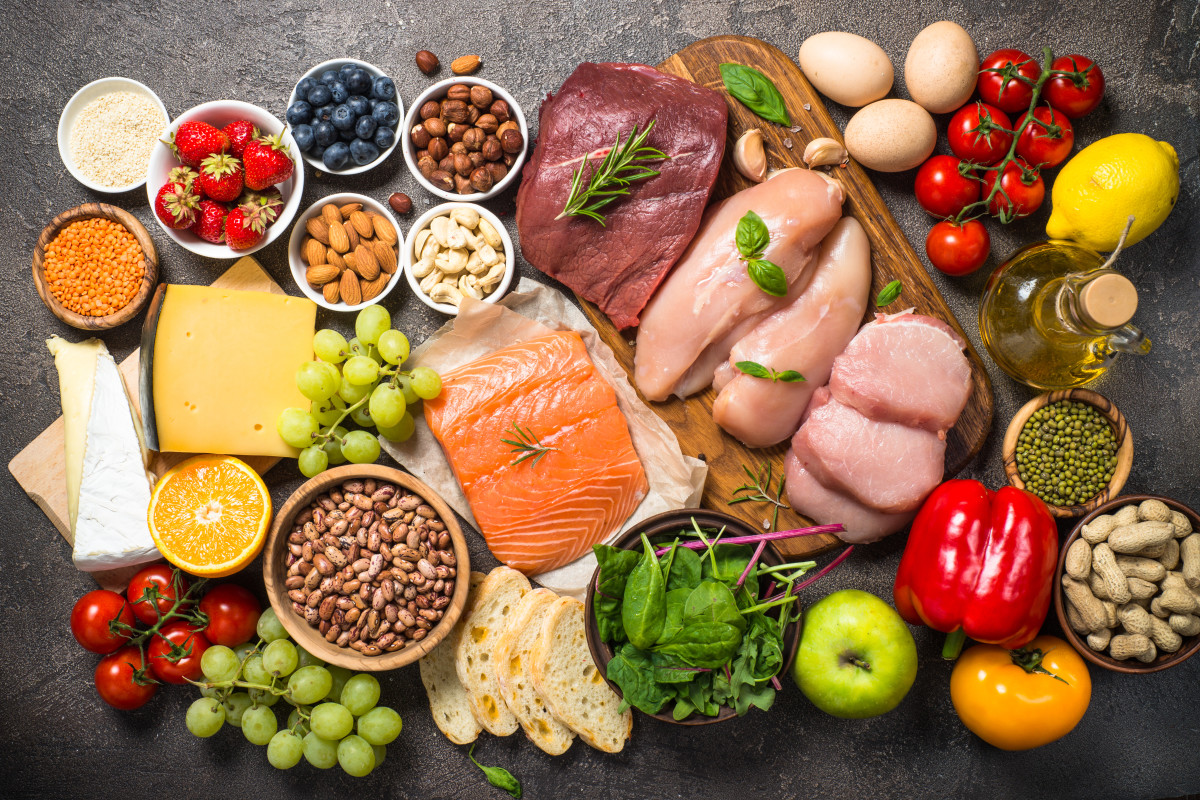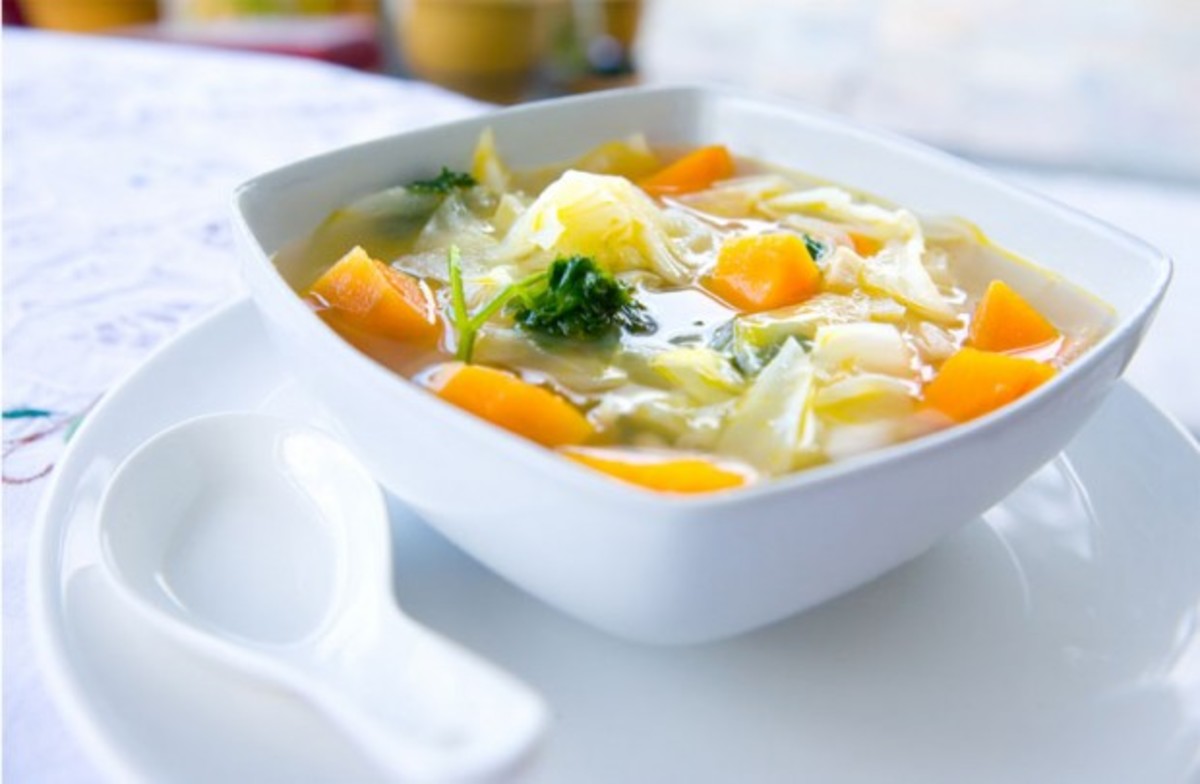Is There a Right Way to Eat?
So much confusing - and bad - advice
When we talk to people about healthy eating and diet, or read about it, who knows which way to go?
Name any food, and I can show you someone who thinks its healthy, and someone who thinks its not. The raw food diet, which says "eat only raw foods, only they are alive" is a big fad right now. But Macrobiotics recommends that almost everything be cooked. Meanwhile, "Eat only one food at a time" is a good choice for people with weak digestions; but "eat a mix of foods to balance protein, carbohydrates, and fat" is the essence of the popular and effective Zone diet.
Who knows which way to turn? You do. Let me explain.
Using common sense and trusting yourself
I assume, if you are reading this, that there is some result you want to change by changing your diet. Most often, people want to lose weight. Another common reason is to have more energy, or steadier energy. Other people are concerned about preventing or recovering from specific illnesses, such as cancer, heart disease, or diabetes.
You know I must say, and I do say, that this article is not a substitute for professional advice, nor is it diagnosis or treatment of any illness. It is meant to inform you and educate you.
What I encourage is this: Become expert in your own body, and take responsibility for your diet and health. From a position of taking charge, you can use expert diet advice, medical recommendations, and, most importantly, your own intuition and common sense to create a healthy diet and a wonderful body.
If you can't pronounce it, don't eat it
There are many things that are sold as foods today that are not foods at all. Here is a list of things to avoid:
- artificial anything: artificial flavors, artificial colors, any colors with number names (Red 40, for instance)
- trans fats
- deep fried anything
- alcohol, illegal drugs, and drugs not prescribed for you
Why? An interesting study was done back in the 1980s. Looking around the world, certain foods were linked to cancer. Every society had cancer, some milder, some more severe. And the severity of the cancer was directly linked to how long people have been eating the food. There is no carcinogen in any food in its natural state. Ancient techniques - over 5,000 years old - like smoking and salting, are linked to cancer, but only to milder cancers. Foods introduced a few hundred years ago are linked to worse cancers. Artificial foods, which came in after 1850, are linked to a lot of cancers, and worse ones. Newer substances, such as trans fats (1940s), and nanochemicals and genetically modified organisms (GMO) (1990s), are even more dangerous.
So, stick to the tried and true. Unless someone has been eating it for a few hundred years, don't put it in your mouth.
Trust and verify
A big part of healthy eating comes with learning to trust our body. But another big part of healthy eating comes with not trusting every craving we feel. How do we learn the difference between a genuine body intuition to eat a certain food, and a craving which, if followed, will add pounds or leave us feeling miserable?
There's an easy way to tell: Don't eat what makes you feel lousy. Do eat what both feels good and is good for you.
Don't eat what makes you feel bad
Any food you know you are allergic to, or sensitive to, don't eat it. You might think, well, "I really like pizza, and cheese just leaves me a little clogged. It's worth it."
It's not. Bad food reactions - allergies, sensitivities, and so forth - do far more harm than we realize. For example:
- When we have an allergic reaction, the body goes into an immune overload, and all weight loss stops.
- When we feel toxic from an allergy or sensitivity, we usually end up craving more foods that are not good for us.
- Toxicity can build up over time, leading to all kinds of illnesses.
- Some sensitivities are not bad at first, but then can become severe, leading to chronic illness.
So, if you know you have an allergy or sensitivity, avoid those foods altogether. If you feel frequently or constantly uncomfortable, then learn about allergies and sensitivities to figure out what changes you need to make in your diet.
Eat what feels good, and is good for you
If a food feels good to eat - it is tasty, and comfortable, and creates no illness, fatigue, itchiness, bloating, rashes, or anything else, then you might eat it. But you also want to pay attention to health value. Is it a good balance of protein, carbohydrate, and fat? What does it offer in the way of vitamins and minerals?
Eat-to-live, or live-to-eat?
People are different, and there are many body-typing systems. But, for now, let's keep it simple and work with just two types: Let's say that each of us fits into one of two categories: eat-to-live, or live-to-eat.
Eat-to-live types may enjoy food, but, mostly, we think of food as fuel. I eat so I can go back to work. Athletes eat so they can go run around. Folks like us are called "sympathetic dominant," which means our active muscle and movement neural system attracts most of our attention.
Live-to-eat types, well, they live to eat. They love food. They're foodies. They think about where their next meal is coming from. My wife is like that. We both meditate. When I meditate, I easily worry about the future. My wife, she comes up with recipes!
Now, here's the key. There are two types of hunger, and they work differently for the two types of people.
Your eat-to-live types (sympathetic dominant) burn sugar, and hunger for them means low blood sugar. We get weak or tense when we get hungry. People like this should eat before they are hungry. It's never healthy to get weak or tense.
Your live-to-eat types (parasympathetic dominant) have growling stomachs. Eating is natural and easy. If they ate before they got hungry, they'd eat all the time. So, for those folks, they should wait until their stomach growls before they eat. But don't wait too long - don't let the blood sugar drop!
So, now you know when to eat: If you're a eat-to-live person, eat before you get hungry. If you're a live-to-eat person, eat when you're stomach growls.
Now that you know when to eat, let's talk about what to eat.
The big stuff: Macronutrients: Protein, Carbs, and Fats
The biggest part of nutrition is macronutrients - macro means "big - and those are the proteins, carbohydrates, and fats. There have been many theories about what matters here - mostly for weight loss. However, the obvious ideas are not right. For example, it is not simply true that avoiding eating fat will keep you thin. Our bodies turn carbohydrates into fats. On the other hand, very high protein diets can create risks for the kidneys.
Fortunately, in the 1990s, a top doctor and scientist, Dr. Barry Sears, M.D., compared many of the diets created since the 1960s. Using his world-class knowledge of the endocrine system, he formulated the Zone Diet. Excellent research shows that it is an optimal diet for fitness, good energy, and athletic activity. It also prevents heart disease and diabetes.
The key to the diet is that, each time we eat, we balance a ratio of 7 grams of protein, 9 of carbs, and 3 of fat. Whether we have a small snack or a big meal, we keep this ratio.
Of course, there are other parts of food. Food is mostly water, and contains indigestible fiber. For the Zone, those don't count. So your carbs for a meal might come from, say, a quarter cup of rice, or three cups of popcorn. It's up to you.
So, the Zone Diet is a good place to start. It requires some learning. And when you read labels to balance your macronutrients, you are in for some big surprises. But, with it, we eat a meal or snack every couple of hours, and we can work long days with good energy, and know we'll be healthy for a long time. It's worth trying out.
Don't sweat the small stuff: Micronutrients: Vitamins and minerals
It is important to get enough, and a balance of, vitamins and minerals. Until you learn more, the best choice is a multi-vitamin and mineral combination pill. And these are best taken with meals.
Understand that I do recommend getting our vitamins and minerals from foods, not supplements. But let's not try to do too much all at once. If you eat a Zone diet made of healthy foods, you'll be doing pretty well for vitamins, and the supplements will take care of the rest as you move through the learning curve of building a healthy diet.
Take simple steps
If you have significant health concerns, see the next section. If you're in basically good health, then adjusting to a healthy diet can be done one step at a time. Begin taking the multivitamin and mineral. Then eliminate the non-foods from your diets. Then cut back on sugar and caffeine. Then learn how to build zone-balanced meals and snacks, and give it a try.
If you slip up, just start over. Dr. Sears says that feeling good is just two hours a way.
And you will feel good. A friend of mine just started the diet a week ago, and he has more energy, is working longer hours, and he's feeling just great.
Careful with those cravings
Most of us crave certain foods. If we're honest, we all probably have at least some small food addictions - things we eat just to relax and feel good. For most of us, that's sugar or carbs. And, unfortunately, a healthy, nutritious diet plus extra carbs or sugar is the fastest path to weight gain.
Also, some of us crave foods we are allergic to. So the more we eat, the more we want them, the worse we feel. And the worse we feel, the easier it is to give in to our cravings. That's how we fall into binges.
Be honest with yourself. If you tend to binge or have addictive behavior around food, diet change is really important, and also pretty darned hard. Emotional support, either from friends or a support group, and professional help, too, may be good ideas.
Be careful
If you have significant health or weight issues, or experience a lot of physical discomfort around eating or in relation to food, this article is not enough to get you started. Be sure to discuss your condition and the best way to change your diet with an appropriate health professional.
And trust your intuition, too. As long as you avoid what you crave - your own personal food addictions - your sense of what you want to eat is a valuable gift and guide.


